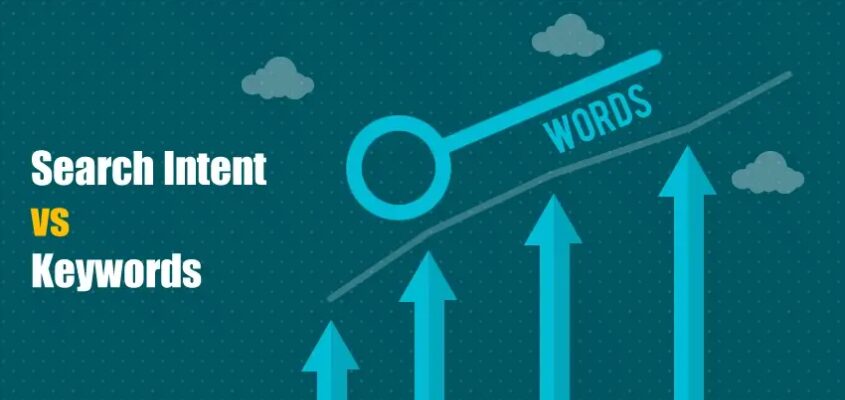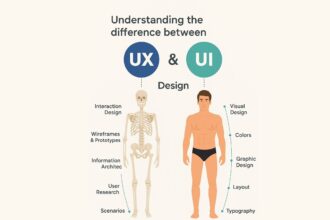Keywords vs. Search Intent in SEO: How to Optimize for Both
In the ever-evolving world of SEO, understanding the difference between keywords and search intent is crucial for crafting an effective strategy that drives traffic, improves rankings, and satisfies your audience’s needs. Many marketers tend to focus solely on keywords, but optimizing for search intent alongside keywords can exponentially boost your content’s performance.
In this article, we’ll explore what keywords and search intent are, why both matter, and how to optimize your SEO efforts for both.
What Are Keywords?
Keywords are the specific words or phrases that users type into search engines. For example, “best digital marketing tools” or “how to bake a cake.” Historically, SEO revolved around these keywords—finding the right ones and including them strategically in your content to rank higher.
Keywords are essential because they tell search engines what your content is about. However, relying solely on keywords can be misleading if you ignore what users are actually looking for.
What Is Search Intent?
Search intent refers to the purpose behind a user’s search query. It answers the question: Why is this person searching?
There are typically four types of search intent:
- Informational: The user seeks knowledge or answers. (e.g., “How does SEO work?”)
- Navigational: The user is looking for a specific website or brand. (e.g., “Nike official website”)
- Transactional: The user intends to make a purchase or complete an action. (e.g., “Buy wireless headphones”)
- Commercial Investigation: The user compares products or services with intent to buy soon. (e.g., “Best smartphones 2025”)
Optimizing for search intent ensures your content aligns with what your audience really wants, increasing engagement and conversions.
Why Both Matter in SEO
- Keywords help you understand what terms people search for.
- Search intent helps you understand why they are searching and how to meet their needs.
Focusing only on keywords can lead to traffic that doesn’t convert if the content doesn’t match user expectations. Conversely, ignoring search intent can result in ranking for the right keywords but providing content that doesn’t satisfy searcher needs.
Goal: Create content that ranks well for relevant keywords and fulfills the searcher’s intent — the ultimate recipe for SEO success.
How to Optimize for Both Keywords and Search Intent
1. Conduct Intent-Based Keyword Research
Start by identifying keywords aligned with each type of intent:
- Informational: Use tools like Google Keyword Planner, SEMrush, or Ahrefs to find questions, “how-to” queries, and informational phrases.
- Navigational: Focus on brand names or specific website searches.
- Transactional & Commercial Investigation: Look for high-intent keywords with buying or comparison phrases, e.g., “best laptops under $1000.”
Tip: Use Google’s “People Also Ask” and “Related Searches” features for insight into user questions and related queries.
2. Map Keywords to User Intent
Once you have your keywords, categorize them based on intent:
| Keyword Type | Example | Search Intent | Content Type to Match |
|---|---|---|---|
| Informational | “What is SEO?” | Informational | Blog post, FAQ |
| Navigational | “Facebook login” | Navigational | Login page, Help center |
| Transactional | “Buy running shoes” | Transactional | Product pages, e-commerce listings |
| Commercial | “Best laptops 2025” | Commercial Investigation | Comparison articles, reviews |
3. Create Content to Match User Needs
Design your content based on the mapped intent:
- Informational: Focus on educational content, guides, tutorials.
- Navigational: Optimize your homepage, brand pages.
- Transactional: Use product pages, clear CTAs, and easy purchasing options.
- Commercial Investigation: Publish comparison reviews, top list articles, testimonials.
4. Use Keywords Strategically Within Content
Incorporate keywords naturally into your content:
- Use primary keywords in titles, meta descriptions, headings.
- Include secondary and related keywords throughout the content.
- Optimize URLs, image alt texts, and internal links with relevant keywords.
Related Articles:
5. Optimize for User Experience
Providing the right content for the search intent improves dwell time, reduces bounce rates, and boosts rankings. Make sure your website is:
- Mobile-friendly
- Fast-loading
- Easy to navigate
- Clear with strong calls to action
Conclusion
Balancing keywords and search intent is essential for a winning SEO strategy. By understanding why users search and tailoring your content accordingly, you not only improve your chances of ranking higher but also meet your audience’s needs—leading to increased engagement, conversions, and loyalty.
Remember: SEO isn’t just about ranking for keywords; it’s about ranking for the right reasons.
Image source: Colorwhistle.com






